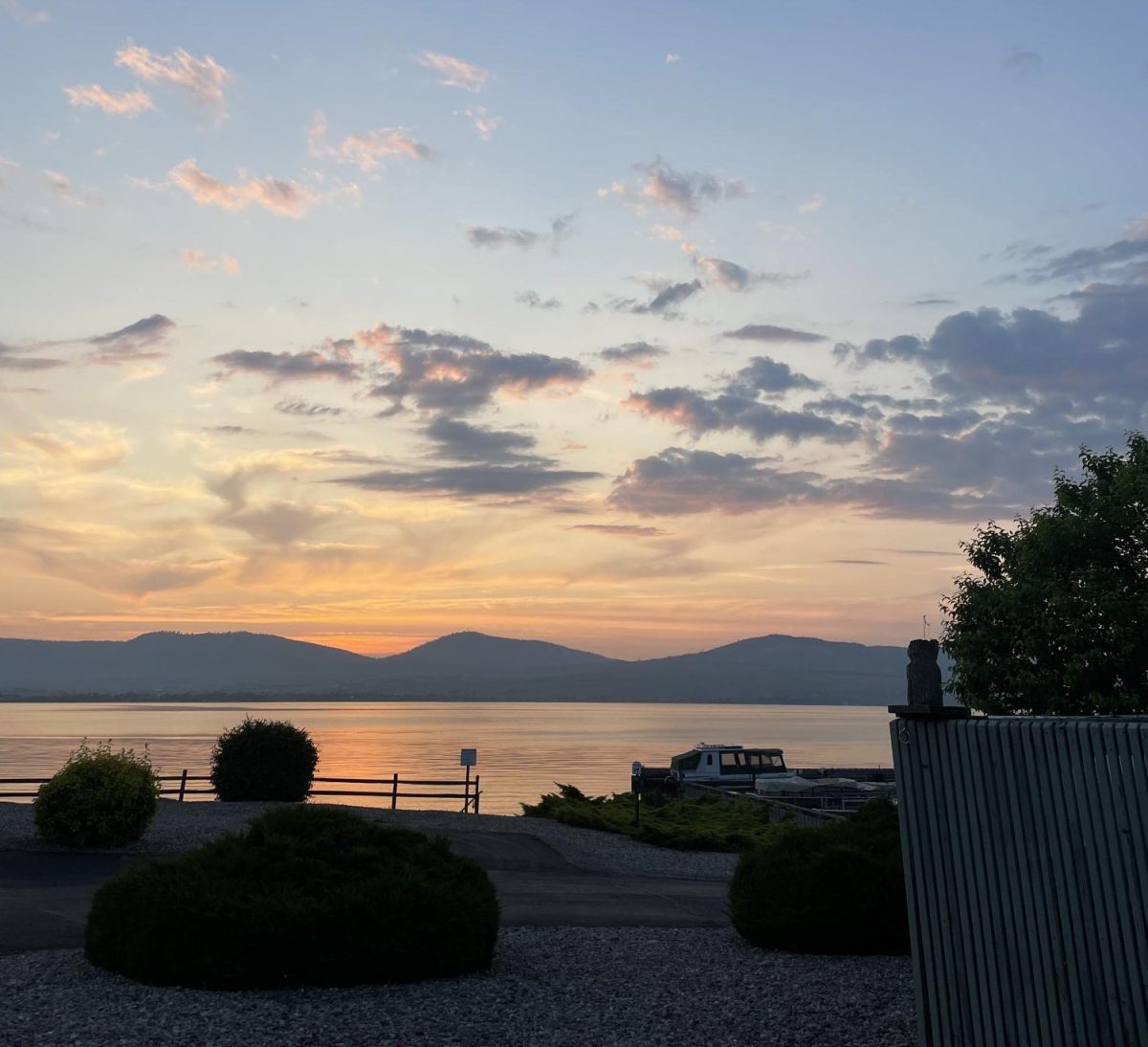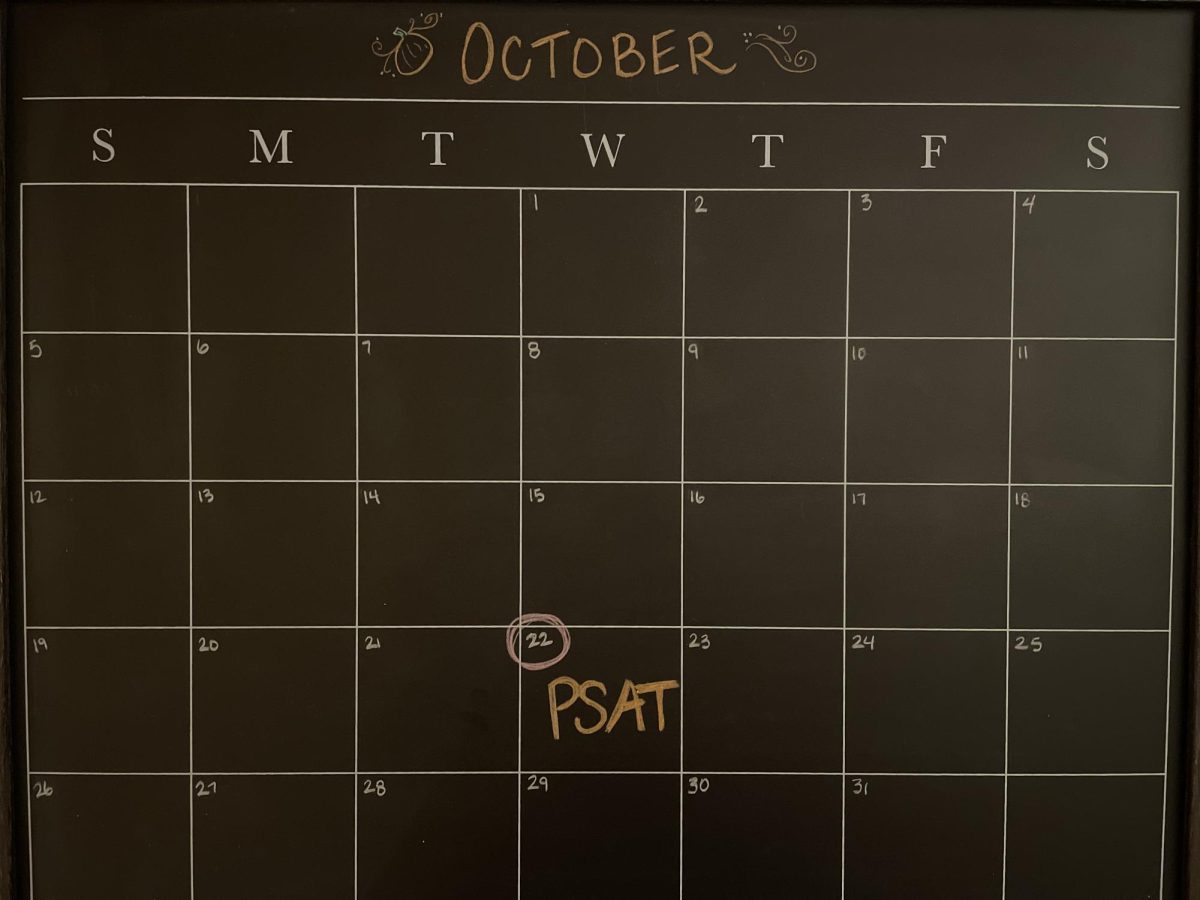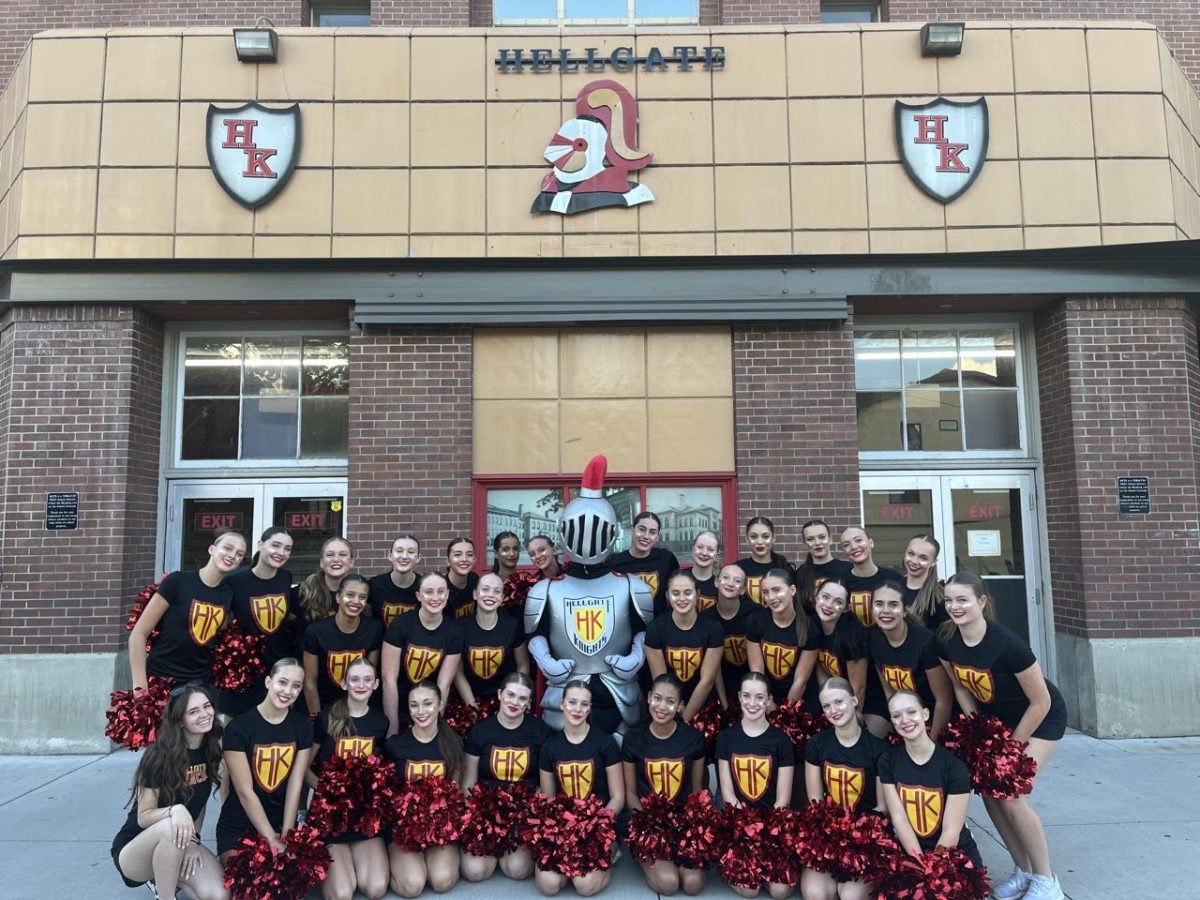This summer, Flathead lake has suffered the lowest recorded water levels in 23 years according to the U.S. Geological Survey. Affecting wildlife, farmers, recreational users, and much of Western Montana, lawmakers and conservationists are struggling to solve the issue, appearing as a symptom of a changing climate. As of Sept. 11, the lake was 2.45 feet below full-pool according to U.S. Lakes.
Lawmakers have been pushing hard for a release of water from the Hungry Horse Reservoir to supplement the lack of water. Hungry Horse, a 34-mile reservoir north of Flathead, plays a key role in flood control and helps promote conservation throughout Montana. The request for water to be released from the dam has been met with significant pushback from the Bureau of Land Reclamation along with other conservation efforts in the area.
Governor Gianforte submitted a formal system operational request in early July to urge the Technical Management Team (TMT) – the group which generally makes decisions on dams and reservoirs – to act on the issue. His request was heavily suggesting the TMT release water from Hungry Horse.
The plan was rejected over concern for the future levels of the reservoir and the potential damage that releasing water could cause, leading to further disagreements within government.
From a lawmaker’s perspective, the primary concern has been with businesses in the area which rely on the lake for irrigation along with people who use the lake recreationally. Representative Ryan Zinke, after the rejection of the request, pushed even harder for the release of water, responding that the Technical Management Team “cares more about fish than people”.
The Flathead Lake Biological Station attributed the low levels to a low snow year. The runoff came off of the mountain in the early spring months, leaving the later summer months to dry up. This has been a defining feature of changes within climate. According to the Flathead Lake Biological Station, the snowpack this past winter was only 80% of the average for the area.
Levels are still significantly lower than this time last year and most likely will remain at that level. People with boats in marinas around the lake are scrambling to take them out before it becomes too late as the levels continue to drop.







